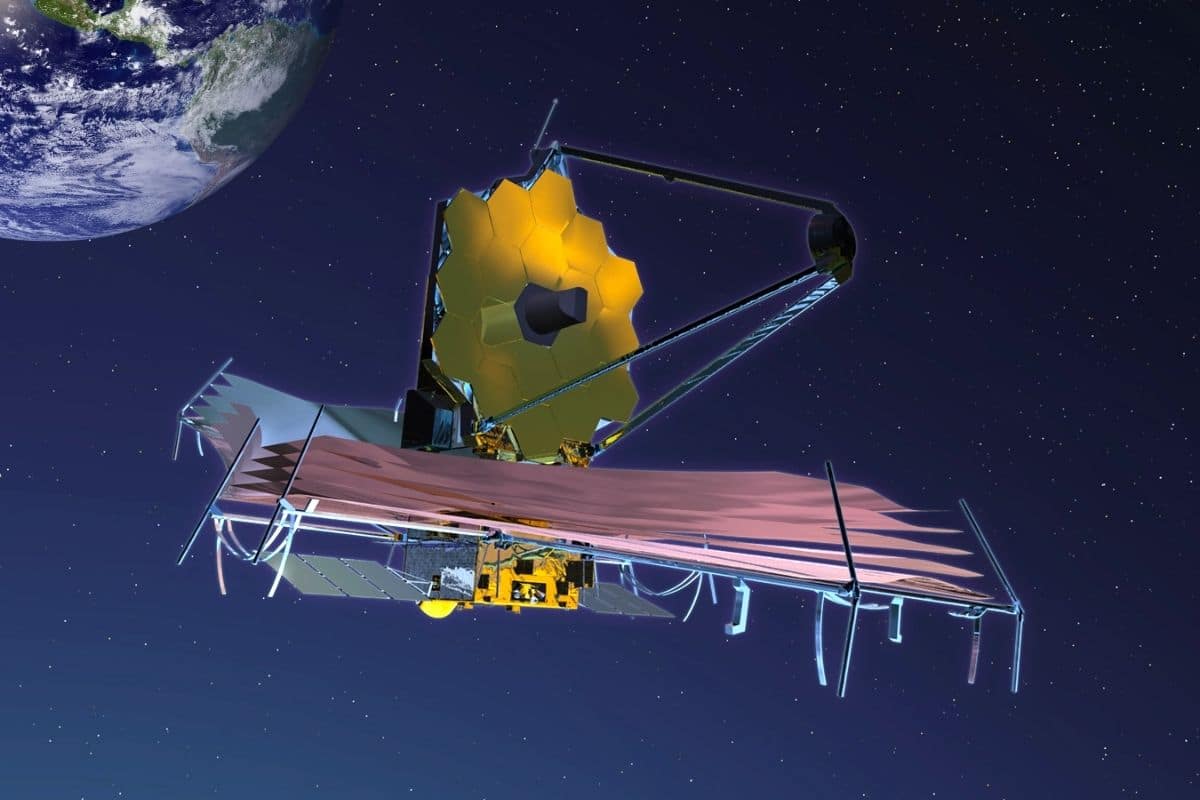

Good news: Scientists on the Webb team say the recently launched space telescope has enough fuel left over after launch to make scientific discoveries for at least a decade.
The largest space telescope ever aims to conduct research for at least five years. After that, the mission can be extended for another five years, but that depends on a number of factors. One of those factors is the amount of fuel. Is there enough fuel to make course corrections in the last five years?
The answer to that question came out today. Scientists have analyzed current fuel consumption and the telescope appears to exceed expectations. For example, less fuel than expected was used to carry out a first runway change. Scientists owe this to the Ariane 5 rocket. This rocket placed the telescope in exactly the right orbit. The first orbit correction of the James Webb telescope took a relatively short time, namely 65 minutes, after which the telescope accelerated 20 meters per second. A second course correction was made on December 27, after which the telescope flew another 2.8 meters per second faster.
There is therefore a relatively large amount of fuel left, which means that the telescope will probably be able to conduct research for more than ten years. For now we have to be patient, because the telescope will have to cool down for a few months after arriving at its final destination. Researchers expect that the first scientific observations will start in six months.
Source material:
“NASA Says Webb’s Excess Fuel Likely to Extend its Lifetime Expectations” – NASA
Image at the top of this article: NASA